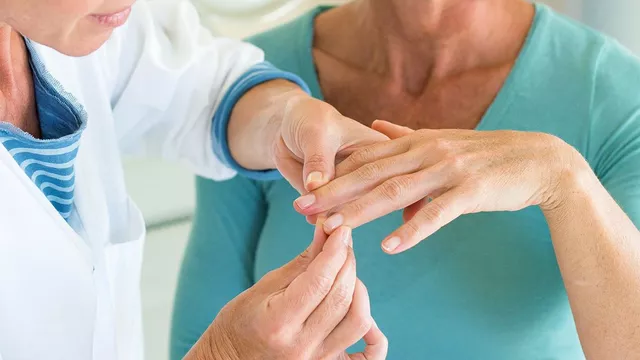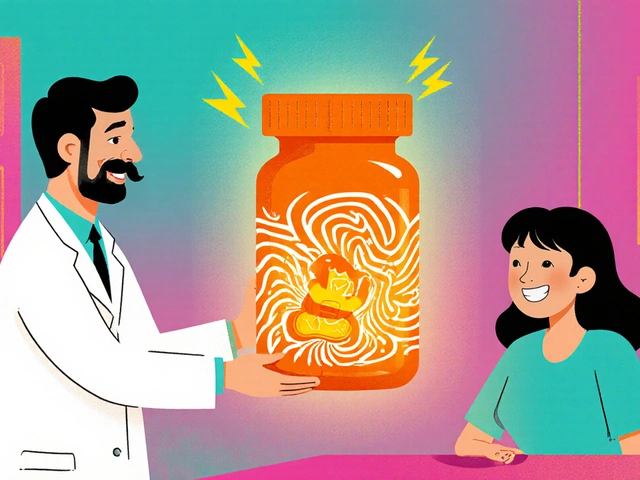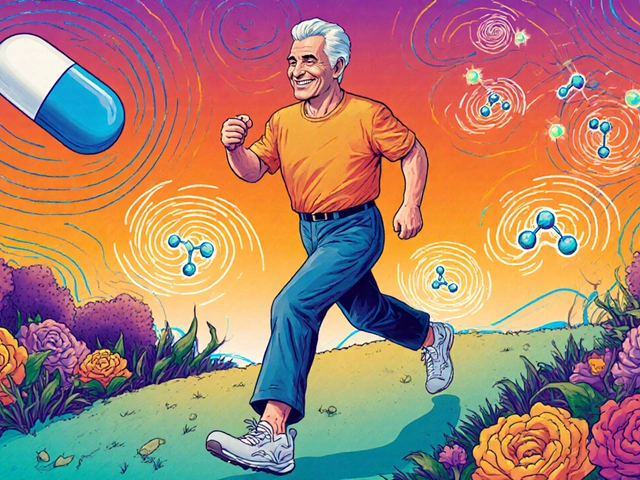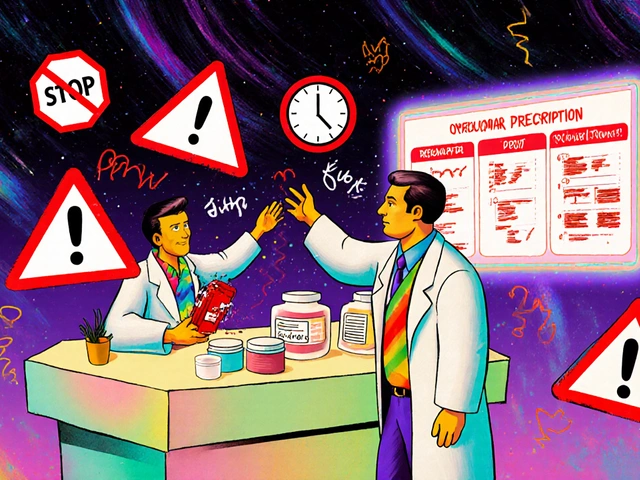Red Blood Cells: What They Are and Why They Matter
Red blood cells (RBCs) are the tiny carriers that deliver oxygen from your lungs to every part of your body. Think of them as little delivery trucks constantly shuttling life‑fuel. When they’re working right, you feel energetic; when they’re off, fatigue and shortness of breath creep in.
How Red Blood Cells Work
Each RBC is packed with a protein called hemoglobin that binds oxygen molecules. After picking up oxygen in the lungs, the cell travels through arteries to tissues, drops off the oxygen, grabs carbon dioxide, and heads back for another round. Your bone marrow churns out about 2 million new RBCs every second, keeping the supply steady.
Doctors measure this supply with an “RBC count” or a “hemoglobin level.” Normal ranges differ by age and sex, but most adults fall between 4.5‑6 million cells per microliter. Values below that point to anemia, while higher numbers could signal dehydration, heart disease, or living at high altitude.
Tips to Support Healthy RBC Levels
If you want your red blood cells in top shape, start with nutrition. Iron‑rich foods like lean beef, lentils, and spinach give the raw material for hemoglobin. Vitamin B12 (found in eggs, dairy, fish) and folate (beans, leafy greens) are also crucial—without them, new RBCs don’t mature properly.
Stay hydrated. Even mild dehydration thickens your blood and can make RBC counts look high on a test. Regular exercise boosts circulation and signals bone marrow to produce fresh cells. If you smoke, consider quitting; toxins damage RBC membranes and shorten their lifespan.
Know when to get checked. Routine check‑ups often include a complete blood count (CBC). If you feel unusually tired, dizzy, or notice pale skin, ask your doctor for an CBC. Early detection of anemia lets you adjust diet, add supplements, or treat underlying issues before they become serious.
In short, red blood cells are the unsung heroes that keep you moving. Eating iron‑rich meals, staying hydrated, exercising, and watching for warning signs can all help maintain a healthy RBC count. Keep an eye on your numbers during regular health visits, and you’ll give your body the oxygen it needs to feel its best.
Alcohol's Effects on Anemia: What Happens When You Mix Drinking and Low Iron
Drinking alcohol can have a real impact on anemia, but most folks don’t realize just how deep the connection goes. This article breaks down how alcohol messes with your body’s ability to make and use red blood cells. You'll also find out why some drinks might be riskier than others, and get simple tips to better manage your iron levels if you enjoy a night out. We’re mixing facts, science, and practical advice so you can handle things smartly. No fluff—just what you actually need to know about anemia and alcohol.






